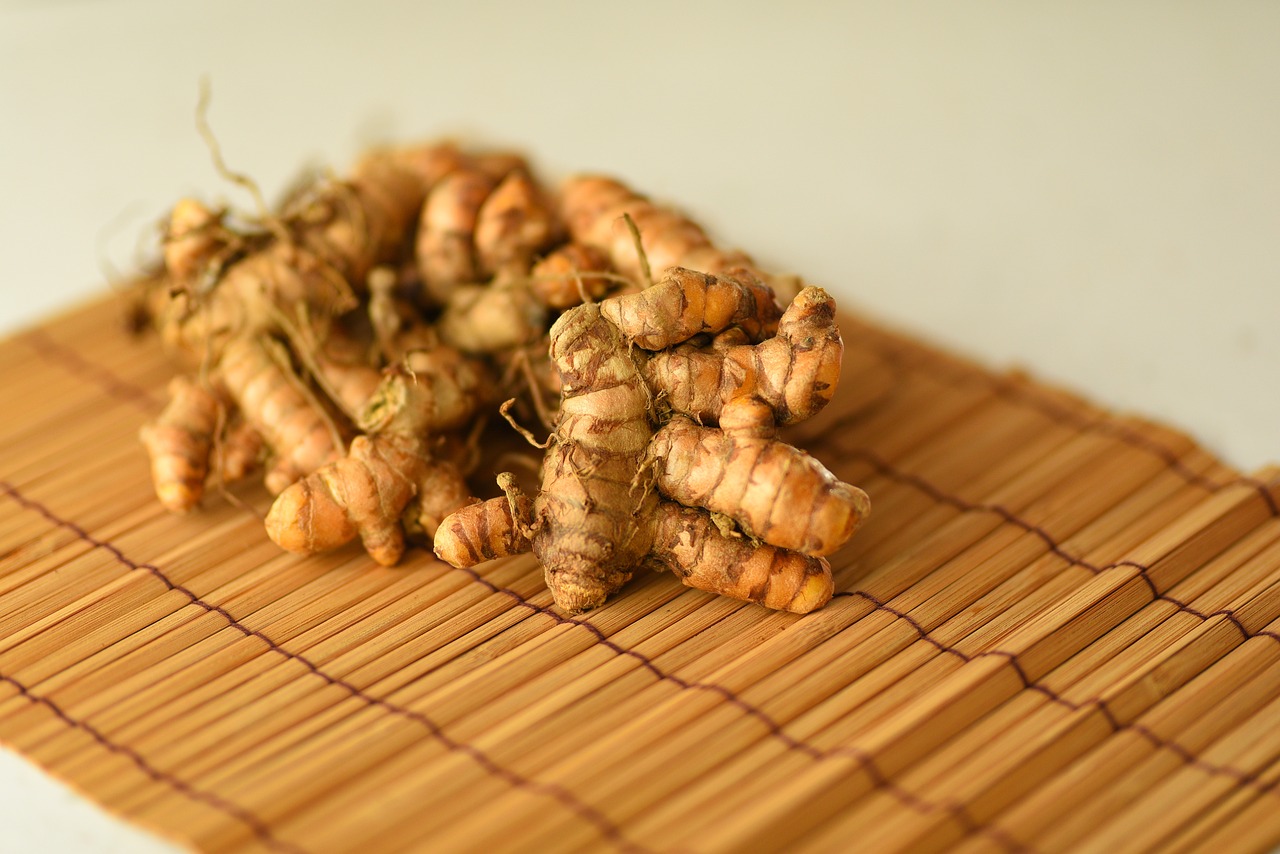Tietze syndrome, also known as costochondritis, is a rare inflammatory disorder that affects the cartilage that connects the ribs to the sternum (breastbone). The condition causes pain and swelling in the chest, which can often be mistaken for heart issues due to its proximity to the heart. The pain associated with Tietze syndrome is typically localized, but it can sometimes radiate to other areas such as the arms and shoulders, causing discomfort and anxiety.
While the exact cause of Tietze syndrome is unclear, it is believed to be linked to physical strain, injury, or chronic coughing, among other potential triggers. The good news is that while Tietze syndrome can be painful and uncomfortable, it is typically a benign and self-limiting condition that improves with time. However, symptoms can persist for several weeks to months, and managing the pain is crucial for improving the quality of life.
Conventional treatments often include pain relievers, anti-inflammatory medications, and physical therapy, but some individuals seek natural remedies to alleviate pain, reduce inflammation, and promote healing. Below are 10 natural remedies that can help manage the symptoms of Tietze syndrome.
1. Turmeric for Inflammation Reduction
Turmeric, a popular spice used in many cuisines, contains curcumin, a potent anti-inflammatory compound that has been used for centuries in traditional medicine to treat inflammatory conditions. Turmeric’s anti-inflammatory properties make it an excellent natural remedy for conditions like Tietze syndrome, where inflammation of the rib cartilage is the primary source of pain.
By incorporating turmeric into your diet or taking curcumin supplements, you can reduce inflammation and swelling in the affected area, potentially alleviating the pain associated with Tietze syndrome. Additionally, turmeric has antioxidant properties that help combat oxidative stress, which may contribute to the inflammation process.
For best results, consume turmeric with black pepper, which contains piperine—a compound that enhances the absorption of curcumin in the body. Turmeric can be added to foods, smoothies, or consumed as a tea. It can also be taken in capsule form for a more concentrated dose of curcumin.
2. Ginger to Alleviate Pain and Inflammation
Ginger is another powerful natural remedy for Tietze syndrome due to its anti-inflammatory and analgesic properties. Similar to turmeric, ginger has been used in traditional medicine for centuries to treat a wide range of inflammatory conditions. Ginger contains active compounds such as gingerol and shogaol, which help reduce inflammation and alleviate pain.
In the case of Tietze syndrome, consuming ginger can help ease the chest pain and swelling caused by the inflamed rib cartilage. Ginger can be consumed fresh, in tea, or as a supplement. Drinking ginger tea several times a day or adding fresh ginger to your meals can provide relief from inflammation and reduce the severity of pain over time.
In addition to reducing inflammation, ginger also has muscle relaxant properties, which can be beneficial for relieving tension in the chest muscles and promoting relaxation.
3. Magnesium for Muscle Relaxation
Magnesium is a mineral that plays an essential role in muscle relaxation and pain relief. Deficiency in magnesium can lead to muscle stiffness and cramps, which may exacerbate the pain associated with Tietze syndrome. Increasing your intake of magnesium can help relax the muscles around the chest, reducing pressure on the inflamed cartilage and alleviating discomfort.
Magnesium can be obtained through dietary sources such as leafy green vegetables, nuts, seeds, and whole grains. Alternatively, you can take magnesium supplements to ensure adequate levels of this vital mineral. Magnesium also has anti-inflammatory properties, which may further help in reducing swelling and pain.
For those with Tietze syndrome, applying topical magnesium oil to the chest area can also provide localized relief, helping to relax tight muscles and reduce the sensation of pain.
4. Cold and Heat Therapy for Immediate Pain Relief
Cold and heat therapy is a simple yet effective way to manage the pain associated with Tietze syndrome. Applying a cold compress to the affected area can help reduce inflammation, numb the pain, and reduce swelling. Cold therapy works by constricting blood vessels and limiting the flow of inflammatory compounds to the injured tissue, thereby reducing the inflammatory response.
Heat therapy, on the other hand, can help relax the muscles around the chest and improve blood circulation to the affected area. This increased circulation can promote healing and reduce stiffness in the chest. Alternating between cold and heat therapy can provide significant relief from both the inflammation and the muscle tension associated with Tietze syndrome.
You can use an ice pack or a heating pad for these therapies, applying each for 15 to 20 minutes at a time. Be sure to place a barrier (such as a cloth) between the cold or heat source and your skin to prevent damage.
5. Epsom Salt Baths for Relaxation and Pain Relief
Soaking in a warm Epsom salt bath can be a soothing and effective way to alleviate the pain and discomfort caused by Tietze syndrome. Epsom salts contain magnesium sulfate, which is absorbed through the skin and can help relax muscles, reduce inflammation, and ease pain.
Magnesium in the Epsom salt helps regulate the activity of muscles and nerves, reducing the tension in the chest muscles that often accompanies the condition. Additionally, the warmth of the bath increases circulation, promoting healing in the inflamed cartilage.
Adding a few cups of Epsom salt to a warm bath and soaking for 20 to 30 minutes a few times a week can provide relief from pain and help reduce inflammation. This method is particularly effective when combined with other natural remedies like turmeric or ginger.
6. Yoga and Gentle Stretching to Improve Flexibility
Yoga and gentle stretching exercises can help reduce the stiffness and discomfort caused by Tietze syndrome. Stretching the muscles around the chest, shoulders, and back can relieve pressure on the rib cartilage and improve overall mobility. Gentle stretching helps maintain flexibility in the chest area, reducing the risk of further pain or injury.
Yoga poses that focus on opening the chest and improving posture, such as the Cobra Pose or Cat-Cow Pose, can be especially beneficial for individuals with Tietze syndrome. These exercises not only help stretch the chest muscles but also promote relaxation and improve breathing, which can help alleviate chest tightness.
It’s important to practice yoga and stretching exercises gently, avoiding any movements that cause pain or discomfort. Consulting with a physical therapist or yoga instructor may help tailor a stretching routine to your specific needs.
7. Omega-3 Fatty Acids for Anti-Inflammatory Support
Omega-3 fatty acids, found in foods like salmon, mackerel, flaxseeds, and chia seeds, are well known for their anti-inflammatory properties. Omega-3s help reduce the production of pro-inflammatory cytokines, molecules that contribute to inflammation in the body. By reducing systemic inflammation, omega-3 fatty acids can help alleviate the pain and swelling associated with Tietze syndrome.
In addition to reducing inflammation, omega-3s have been shown to improve circulation and support overall cardiovascular health, which is important for individuals experiencing chest pain. Incorporating more omega-3-rich foods into your diet or taking a fish oil supplement can help manage the symptoms of Tietze syndrome and promote healing.
8. Boswellia for Natural Inflammation Relief
Boswellia, also known as Indian frankincense, is an herbal remedy with potent anti-inflammatory properties. It has been used in traditional medicine for centuries to treat inflammatory conditions like arthritis and joint pain. The active compounds in boswellia, called boswellic acids, inhibit the production of inflammatory enzymes, reducing swelling and pain.
For individuals with Tietze syndrome, taking boswellia supplements may help reduce the inflammation in the rib cartilage and provide relief from chest pain. Boswellia is available in capsule form and can be taken daily as a natural alternative to over-the-counter anti-inflammatory medications.
Before using boswellia or any herbal supplement, it’s important to consult with a healthcare provider, especially if you’re taking other medications or have underlying health conditions.
9. Massage Therapy for Muscle Tension
Massage therapy can be an effective way to alleviate muscle tension and reduce the discomfort associated with Tietze syndrome. A gentle massage focused on the chest, shoulders, and upper back can help relax the muscles surrounding the inflamed rib cartilage, relieving pressure and improving circulation to the area.
In addition to relieving tension, massage therapy can help reduce stress and anxiety, which may contribute to chest pain and muscle tightness. A licensed massage therapist with experience in treating musculoskeletal conditions can provide targeted therapy to reduce pain and promote healing.
Using natural massage oils infused with anti-inflammatory herbs like arnica or lavender can enhance the benefits of the massage and provide additional pain relief.
10. Acupuncture for Pain Management
Acupuncture, an ancient Chinese medical practice, involves inserting thin needles into specific points on the body to stimulate energy flow and promote healing. Acupuncture has been used to treat a variety of pain conditions, and many people find relief from musculoskeletal pain through this natural therapy.
In the case of Tietze syndrome, acupuncture may help reduce chest pain by releasing endorphins, the body’s natural pain killers, and improving circulation in the affected area. Acupuncture may also reduce inflammation and promote relaxation, which can ease the muscle tension that often accompanies the condition.
It’s important to seek treatment from a licensed acupuncturist who has experience treating pain conditions like Tietze syndrome. Regular acupuncture sessions, combined with other natural remedies, can help manage pain and support long-term recovery.
Conclusion
Tietze syndrome can cause significant discomfort due to inflammation in the rib cartilage, but several natural remedies can help alleviate pain, reduce inflammation, and promote healing. Remedies like turmeric, ginger, magnesium, and omega-3 fatty acids provide potent anti-inflammatory benefits, while therapies like cold and heat therapy, massage, and acupuncture offer pain relief and relaxation. Incorporating these natural approaches into your treatment plan can help manage the symptoms of Tietze syndrome and improve your overall quality of life.
As always, it’s essential to consult with a healthcare provider before beginning any new treatment, especially if you have underlying health conditions or are taking other medications. With a combination of natural remedies and lifestyle adjustments, it’s possible to effectively manage the pain and discomfort associated with Tietze syndrome.




